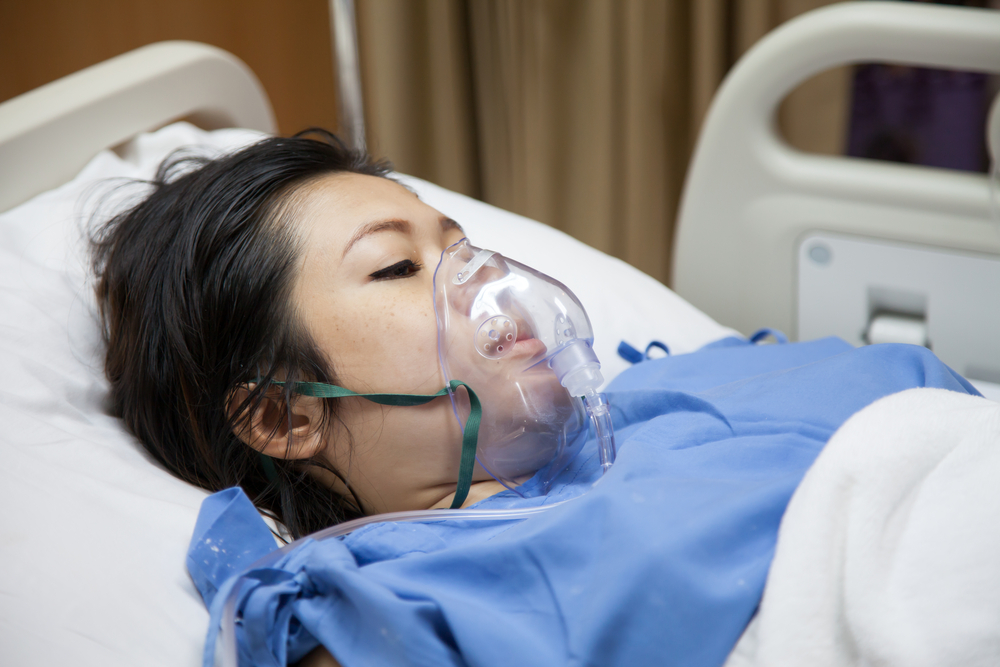Sanfilippo Syndrome and Anesthesia

Sanfilippo syndrome patients sometimes need to undergo procedures that require anesthesia. Following is information about anesthesia, including possible risks and precautions that can be taken.
What is anesthesia?
Anesthesia is the use of medications to prevent pain during medical procedures such as surgery. There are four main types of anesthesia: local, regional, sedation, and general.
Local anesthesia numbs the pain in a very small part of the body. Clinicians can administer it through a spray, an ointment, or an injection. The patient usually is fully awake.
With regional anesthesia, the patient also is fully awake. However, it covers a larger part of the body, such as an entire arm or the bottom half of the body. Regional anesthetics often are categorized as either peripheral nerve blocks, which doctors usually use for surgeries on the limbs, or epidural, which is administered during childbirth.
Sedation can come in several strengths. This ranges from patients not being able to remember anything, to a state in which they feel just slightly drowsy. Doctors often combine an analgesic (pain killer) with sedation.
The final category of anesthesia is general anesthesia, wherein the patient is fully unconscious and does not respond to pain signals. Under general anesthesia, patients either breathe in gases or receive a continuous intravenous drip. Doctors continually monitor them for changes in oxygen level, blood pressure, heart rate, and temperature.
Possible complications in Sanfilippo syndrome
Patients with Sanfilippo syndrome are at a higher risk of airway obstruction while under general anesthesia. This is because, they may have a smaller trachea (airway), thicker vocal cords, an enlarged tongue (macroglossia), and more mucus secretion.
Anesthesia may cause other respiratory issues, such as a decrease in breathing and increased levels of carbon dioxide in the body (hypercapnia).
Patients with Sanfilippo also often have heart abnormalities due to a buildup of sugars in the heart’s tissue and valves. These abnormalities may cause complications during anesthesia, depending on the type of anesthetic used.
Finally, Sanfilippo syndrome patients are at risk of developing malignant hyperthermia during anesthesia; that when the body temperature gets very high, the muscles become tense, and the heart beats rapidly.
Despite these risks, complications of the airways are rare when precautions are taken.
Precautions doctors may take
There are several techniques and precautions that doctors can use to lower the risk of complications.
For instance, they should perform a full preoperative screening of the patients to check the airways, heart, and respiratory function, as well as neuromuscular function, to identify any systems that might be at high risk during anesthesia and surgery.
It may be necessary to have other specialists nearby, such as an ear, nose, and throat doctor, in case the patient needs an emergency tracheostomy since intubation can be difficult, or a cardiologist, in case of heart problems arise.
According to a study in Sanfilippo syndrome patients a small shoulder roll (using towels under the shoulders to open the chest and roll the head back), positive airway pressure using a mask, or a temporary breathing tube all may help reduce the risk of airway obstructions. Another study recommended a laryngeal mask instead of a general orotracheal tube to aid in keeping the airways open.
Physicians should administer sedation very carefully and avoid opioids since they reduce breathing frequency and oxygen levels.
It also is important for physicians to closely monitor the patients until they have fully recovered from anesthesia.
Last updated: Oct. 6, 2020
***
Sanfilippo Syndrome News is strictly a news and information website about the disease. It does not provide medical advice, diagnosis, or treatment. This content is not intended to be a substitute for professional medical advice, diagnosis, or treatment. Always seek the advice of your physician or other qualified health provider with any questions you may have regarding a medical condition. Never disregard professional medical advice or delay in seeking it because of something you have read on this website.






